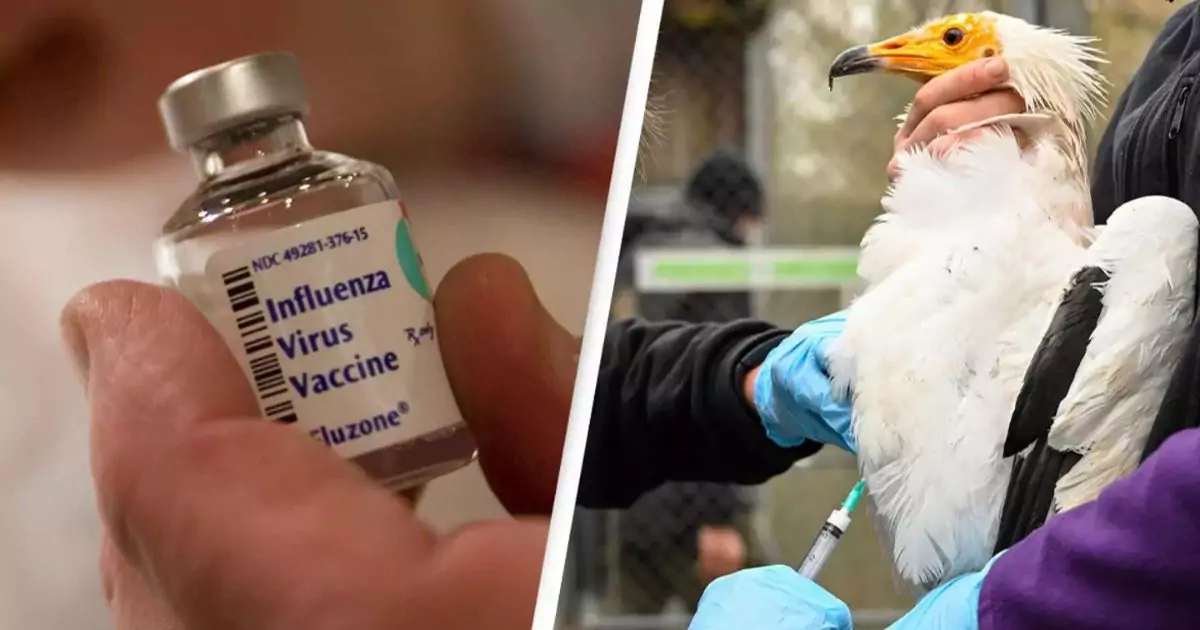
The World Health Organization (WHO) has confirmed the first human death from a type of bird flu never previously seen in humans. This alarming development underscores the ongoing need for vigilance and preparedness in global health.
Details of the Case
The WHO shared the news on Wednesday, June 5, following the death of a 59-year-old resident of Mexico. The patient developed symptoms on April 17, including fever, shortness of breath, diarrhea, nausea, and general discomfort. Seeking medical help a week later, the patient was hospitalized at the National Institute of Respiratory Diseases but tragically died the same day due to complications from the condition.
Symptoms and Diagnosis
Upon hospitalization, a respiratory sample was collected and tested. On May 23, the Mexico International Health Regulations (IHR) National Focal Point (NFP) reported to the WHO that the patient had been infected with the avian influenza A(H5N2) virus, a subtype of bird flu. This marks the world’s first laboratory-confirmed human case of infection with the A(H5N2) subtype and the first H5 virus infection in a person reported in Mexico.

Detailed Symptoms of A(H5N2) Infection
The symptoms experienced by the patient included:
- Fever: One of the earliest and most common symptoms, indicating the body’s response to the infection.
- Shortness of Breath: Difficulty in breathing, often indicating severe respiratory involvement.
- Diarrhea: Gastrointestinal distress, which can occur with various viral infections, including bird flu.
- Nausea: A general feeling of sickness and discomfort in the stomach.
- General Discomfort: Overall malaise and feeling unwell, which can accompany severe viral infections.
As the infection progressed, the patient’s condition worsened rapidly, leading to hospitalization and ultimately, death due to complications.
Background on Avian Influenza A(H5N2)
Avian influenza A(H5N2) is a subtype of the bird flu virus commonly found in wild birds worldwide. According to the Centers for Disease Control and Prevention (CDC), H5 bird flu has led to several cases in US dairy workers due to outbreaks in poultry and dairy cows. However, human infections with H5 subtypes remain rare.
The Patient’s Medical History
The patient had multiple underlying medical conditions and had been bedridden for three weeks before developing acute bird flu symptoms. Importantly, the patient had no known history of exposure to poultry or other animals, which complicates understanding how the virus was contracted.
Epidemiological Investigation
Following the confirmation of the bird flu infection, Mexican authorities conducted an epidemiological investigation. No further cases were reported among those who had been in contact with the patient. However, the WHO noted several outbreaks of avian influenza A(H5N2) in poultry in the region, which might be related to the human case.
Outbreaks in Poultry
- March: High pathogenicity avian influenza A(H5N2) outbreak in a backyard poultry farm in Michoacán.
- March: Low pathogenicity avian influenza A(H5N2) outbreak in poultry in Texcoco, State of Mexico.
- April: Another low pathogenicity outbreak in Temascalapa, State of Mexico.
Despite these outbreaks, it has not yet been established if the human case is directly related to the recent poultry infections.
Public Health Response
The CDC has assured that the current public health risk from this bird flu subtype is low. “[The] CDC is watching the situation carefully and working with states to monitor people with animal exposures,” the organization stated. This vigilance is crucial as the global health community continues to monitor and respond to emerging infectious diseases.
Importance of Health Insurance and Preparedness
The case of the 59-year-old patient in Mexico highlights the critical importance of having comprehensive health insurance. Health insurance plays a vital role in ensuring access to necessary medical care, especially in the face of unexpected health crises such as novel infections. It covers hospital stays, diagnostic tests, and treatments that are essential in managing and combating severe illnesses.
Health Insurance Benefits
- Access to Quality Care: Ensures timely access to hospitals and specialists.
- Coverage for Emergencies: Provides financial protection in case of sudden health emergencies.
- Preventive Services: Covers vaccinations and screenings that can prevent the spread of infectious diseases.
- Ongoing Monitoring: Supports continuous health monitoring and management of chronic conditions.
The Broader Implications
This unprecedented case of avian influenza A(H5N2) in humans serves as a stark reminder of the unpredictable nature of infectious diseases and the need for robust health systems worldwide. It emphasizes the importance of international cooperation in health surveillance, rapid response to outbreaks, and the development of effective vaccines and treatments.
Global Health Vigilance
The WHO’s role in monitoring and reporting such cases is crucial. By maintaining a global network for disease surveillance, the WHO helps coordinate international responses to health threats, ensuring that information is shared promptly and accurately.
Preventive Measures
Preventive measures such as maintaining biosecurity in poultry farms, monitoring wild bird populations, and ensuring proper hygiene practices are essential in reducing the risk of zoonotic diseases. Public awareness and education about the transmission of diseases from animals to humans are also vital in preventing future outbreaks.
The confirmation of the first human death from the avian influenza A(H5N2) virus is a significant development in global health. It highlights the need for continuous vigilance, robust health insurance coverage, and international cooperation to tackle emerging infectious diseases. As we move forward, the lessons learned from this case will be invaluable in enhancing our preparedness and response strategies, ensuring better health outcomes for all.
By staying informed and prepared, we can better protect ourselves and our communities from the ever-present threat of infectious diseases. The case of the 59-year-old patient in Mexico underscores the importance of a proactive approach to health, including the critical role of health insurance in providing access to necessary medical care and support.

























































































































